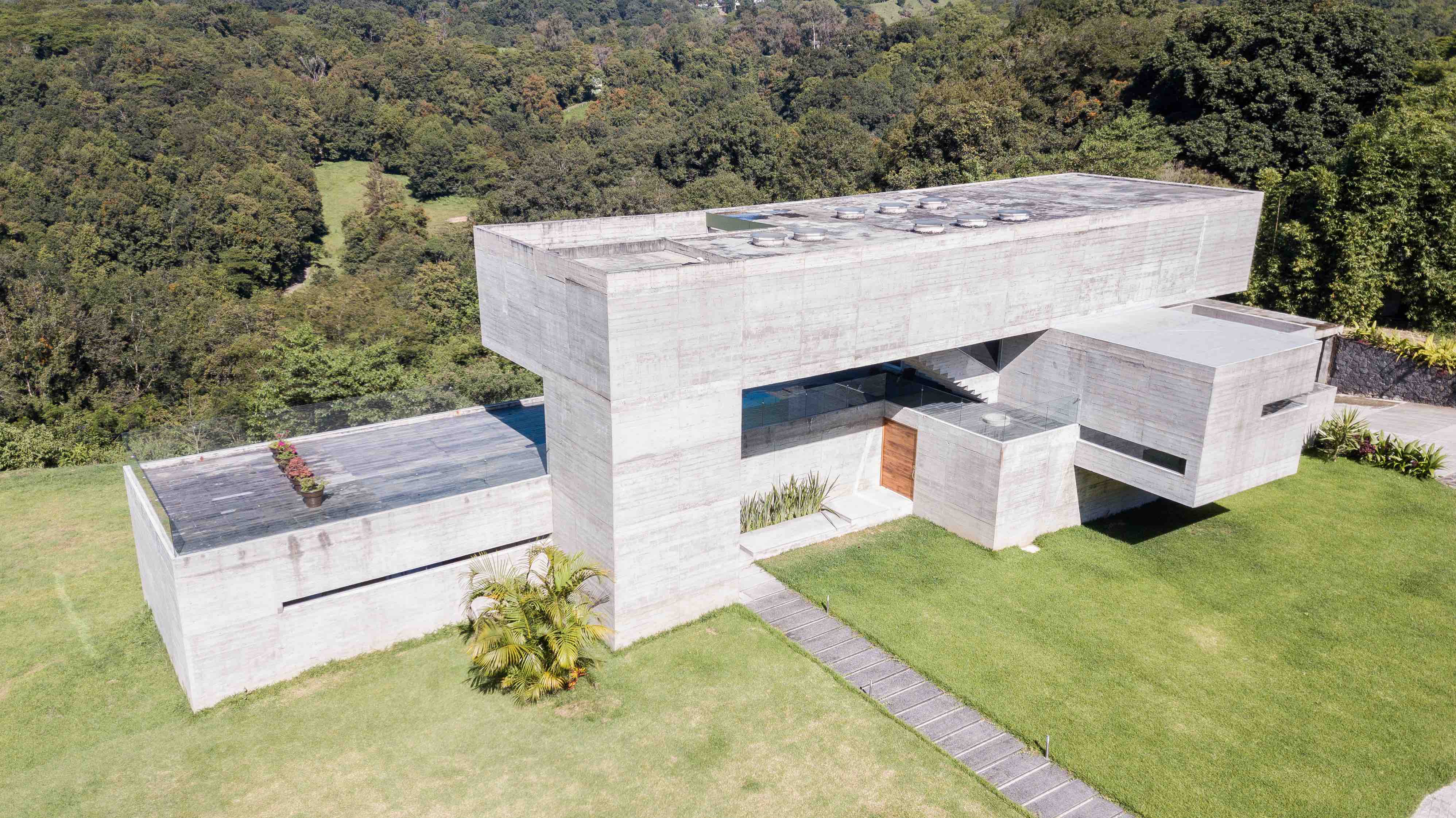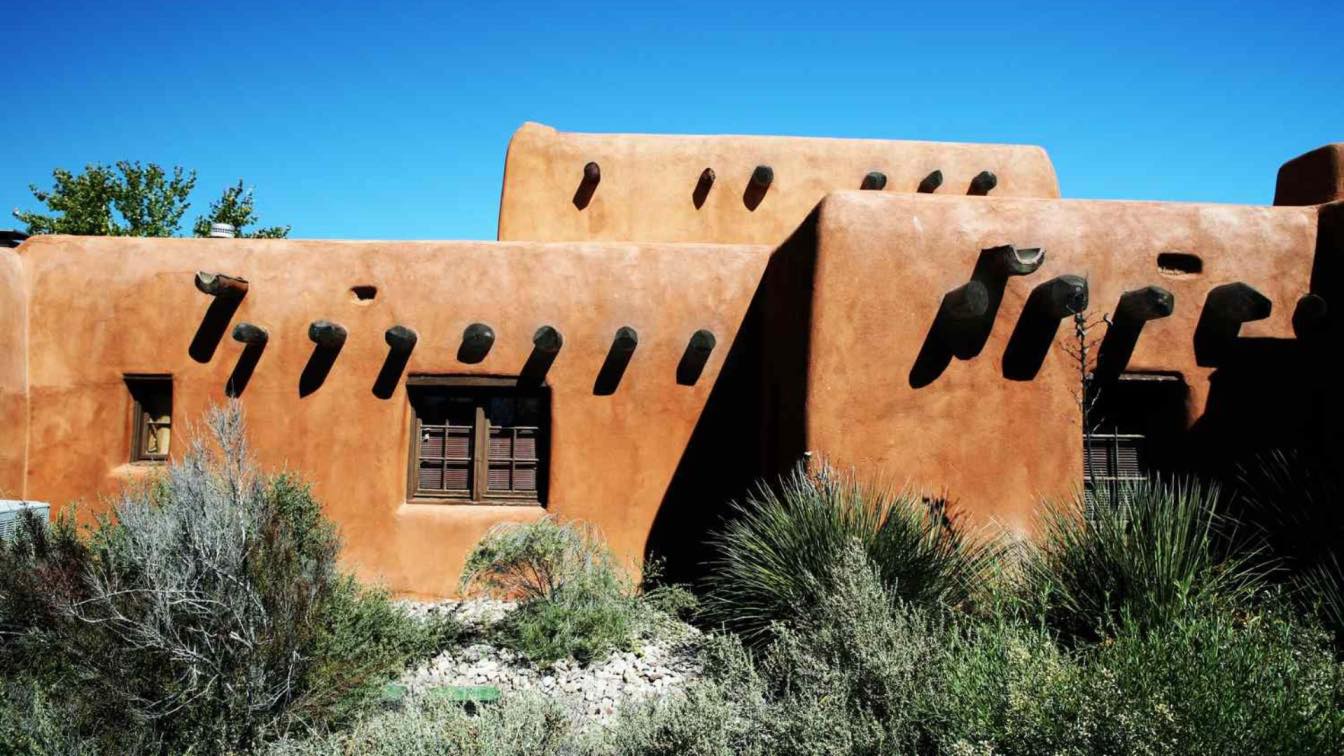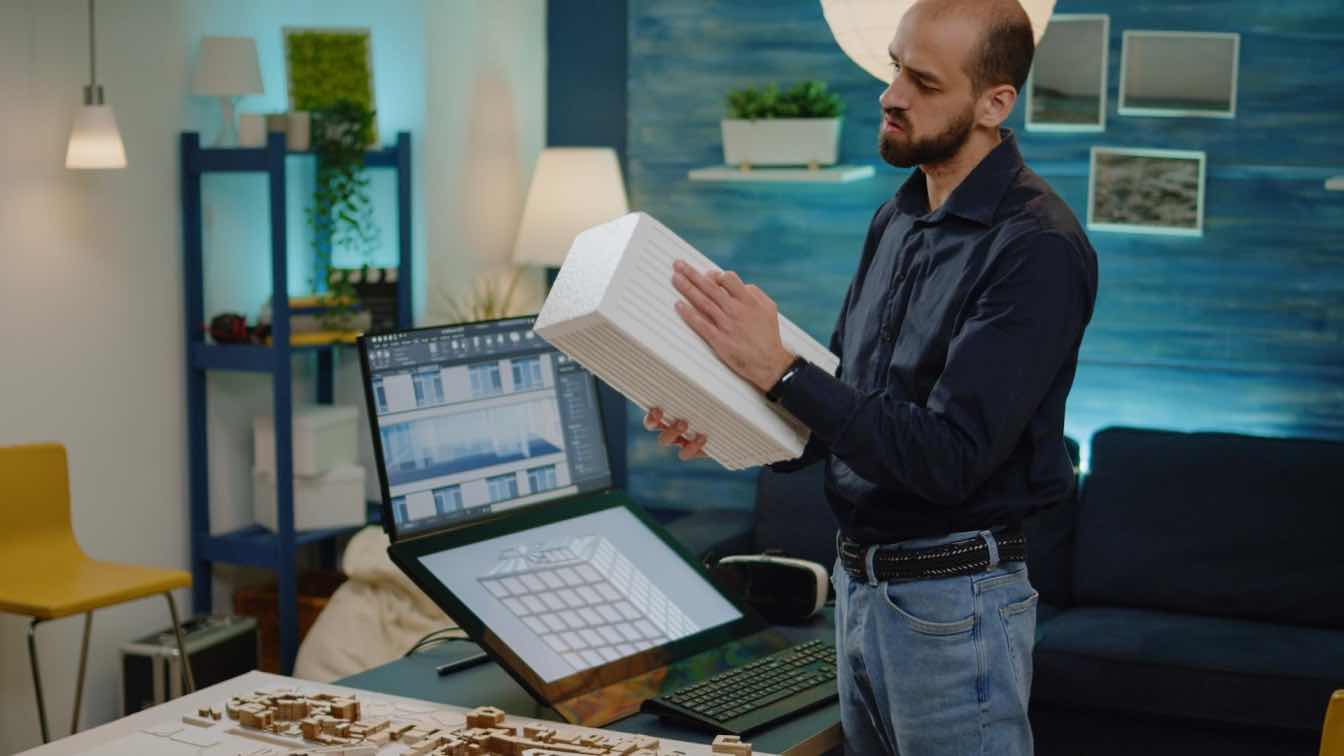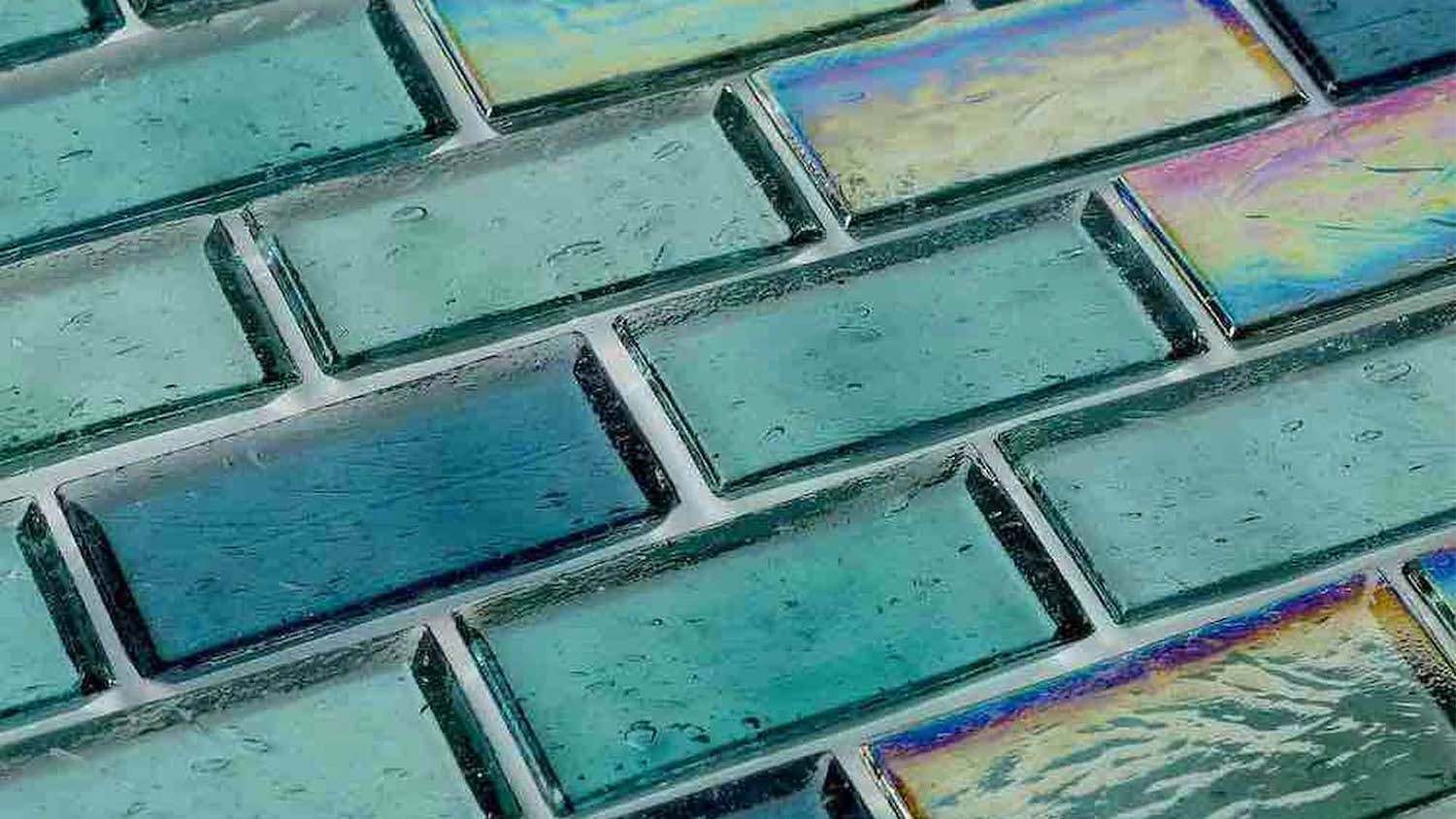Every person deserves to have a home that is both secure and pleasant. After the right to adequate nutrition and hygienic living conditions, it is one of the most fundamental of all human entitlements. While the composition of the primary construction materials may have altered throughout time, the result - a secure haven - remains the same. All the way from prehistoric caves to contemporary skyscrapers, we can observe how construction alters a landscape. Humans have always utilized materials from the natural world, such as mud, clay, bamboo, rocks, wood, etc., to construct buildings since ancient times. Concrete, bricks, steel, glass, and even aluminum have emerged as the basic contemporary construction material as a result of the revolution and industrialization. In this article, we’ll try to compare these groups.
Traditional Materials
Historically, people in a certain area, region, or country have utilized certain materials, known as "traditional materials," to create homes and other structures. Yet if there isn't enough flint in a certain county, a material that is considered traditional in one area may not be accepted as such in another. There are other materials that have been used for construction for thousands of years in one region but are nonexistent or unimportant in another. For thousands of years, Inuit people in the Arctic have utilized chunks of ice to construct igloos; yet, in warmer climates, ice is not used or even considered a viable construction material. Some of the main traditional materials include:
Wood/Timber
The usage of wood in construction dates back at least 10,000 years. In terms of breaking length, wood is superior to even steel despite its lightweight nature. The fact that it can hold its own weight better means that it may be used in designs where there are fewer supports and more open area is possible. Even though it is a traditional material, there is a recent trend toward using more wood in constructions such as log cabins and wooden garden buildings and erecting higher wooden structures. Also, it's not as environmentally responsible as you would assume to want to meet construction needs without depleting the world's forests. As compared to other items on the market, wood's benefits as a construction material still well transcend those of the competition.
Bricks
Bricks are burned instead of sun-dried like mud bricks. The Romans brought fired bricks to the UK in the first century AD. Brick was used in buildings and churches throughout the Middle Ages, Georgian, and Victorian eras. In the UK, historic and contemporary structures still employ it. Traditional quarry tiles - fired brick - are utilized for kitchen flooring and worktops.
Stone
Since lumber was limited, people in those locations would construct simple homes out of stone, and ever since then, stone has been a highly sought-after resource for construction. While the stone was formerly relied on heavily for its load-bearing properties, it is now more often utilized as a decorative veneer for exteriors and flooring.
Mud
From the dawn of humankind, mud has served as the primary construction material. Additionally, it is estimated that around a third of the global population still uses it for housing. Despite its widespread use, mud nonetheless often attracts negative connotations.
Modern Materials
Modern architecture today uses innovative techniques, materials, and technology to create structures that are both aesthetically pleasing and environmentally conscious. Some of these materials include:
Steel
Modern skyscrapers and office buildings employ steel for construction and design. Steel is currently employed as the body and skin of the contemporary metropolitan skyline, reinforcing practically all properties. Steel frames, handrails, and door handles are employed in many contemporary structures due to their strength, durability, and lightweight.
Glass
Glass is one of the most often utilized building materials because of its transparency and ability to let in plenty of natural light. The environmental benefits of using glass as a construction material have increased as new varieties of glass with lower U-values and higher thermal insulation have been created.
Concrete
Concrete is the ideal foundational material for a broad variety of constructions and is hence the most extensively utilized material on Earth. A concrete mixture, which consists mostly of cement, may be readily shaped by the use of suitable scaffolding. Most structures, whether old or modern, have concrete columns, beams, or structural foundations.
 Casa Oyamel designed by Rafael Pardo Arquitectos. Image © Naser Nader Ibrahim
Casa Oyamel designed by Rafael Pardo Arquitectos. Image © Naser Nader Ibrahim
How Do They Compare?
The main difference between traditional and modern materials is that most buildings constructed using modern materials are resilient and will last for decades or even centuries, but just a few notable traditional structures have endured the test of time. The next difference is that traditional materials are locally obtained, while no outsourcing of any kind was done in the modern construction industry. Materials for its contemporary analogs come from a variety of different places since transportation is no problem. And of course, traditional materials are much cheaper than modern ones.
There is a lot of effort put into discovering the most durable and resilient material combinations possible. These days, it's common practice for construction firms to use a mix of old and new techniques and supplies. The most crucial step in making a decision is knowing how these two groups compare and we hope we've helped you with that.





